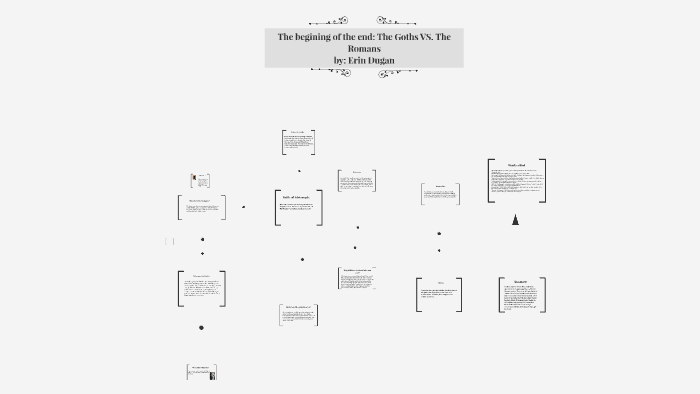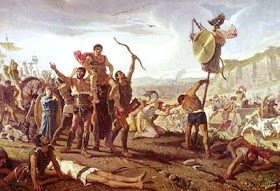

The death of an emperor led to a crucial period of uncertainty and crisis. Being paid by the imperial treasury, the legionaries also swore an annual military oath of loyalty towards him, called the Sacramentum. Realistically, the main support of an emperor's power and authority was the military. While these distinctions were clearly defined during the early empire, eventually they were lost, and the emperor's powers became less constitutional and more monarchical. In addition, the emperor controlled the religious institutions, since, as emperor, he was always Pontifex Maximus and a member of each of the four major priesthoods. The emperor also had the authority to carry out a range of duties that had been performed by the censors, including the power to control senate membership. He was also given powers that, under the republic, had been reserved for the Senate and the assemblies, including the right to declare war, to ratify treaties, and to negotiate with foreign leaders. The proconsular powers (similar to those of military governors, or Proconsuls, under the old republic) gave him authority over the Roman army. In theory, the tribunician powers (which were similar to those of the Plebeian Tribunes under the old republic) made the emperor's person and office sacrosanct, and gave the emperor authority over Rome's civil government, including the power to preside over and to control the Senate. The powers of an emperor, (his imperium) existed, in theory at least, by virtue of his "tribunician powers" ( potestas tribunicia) and his "proconsular powers" ( imperium proconsulare). Main articles: Roman Emperor, Roman Senate, Praetorian Guard, Sacramentum, and Donativum Therefore, it is difficult to give an exact date when the Roman Empire ceased to exist.

The Eastern Roman or Byzantine Empire endured until 1453 with the capture of Constantinople by the Ottoman Turks led by Mehmed II. The Western Roman Empire collapsed in 476 as Romulus Augustus was forced to abdicate by Odoacer. However, after the death of Theodosius in 395, no single emperor would ever again hold genuine supremacy over a united Roman Empire. For the next century this practice continued, with occasional periods in which one emperor assumed complete control. In the late 3rd century AD, Diocletian established the practice of dividing authority between two emperors, one in the western part of the empire and one in the east, in order to better administer the vast territory. Because of the Empire's vast extent and long endurance, Roman influence upon the language, religion, architecture, philosophy, law, and government of nations around the world lasts to this day. At this territorial peak, the Roman Empire controlled approximately 5,900,000 km² (2,300,000 sq mi) of land surface. Roman expansion began in the days of the Republic, but reached its zenith under Emperor Trajan. The Latin term Imperium Romanum (Roman Empire), probably the best-known Latin expression where the word imperium denotes a territory, indicates the part of the world under Roman rule. Several events are commonly proposed to mark the transition from Republic to Empire, including Julius Caesar's appointment as perpetual dictator (44 BC), the victory of Octavian at the Battle of Actium (2 September 31 BC), and the Roman Senate's granting to Octavian the honorific Augustus (16 January 27 BC). The 500-year-old Roman Republic, which preceded it, had been weakened by several civil wars. The term is used to describe the Roman state during and after the time of the first emperor, Augustus. The Roman Empire was the post-Republican phase of the ancient Roman civilization, characterised by an autocratic form of government and large territorial holdings in Europe and around the Mediterranean. * These events marked the end of the Western Roman Empire (286 – 476) and of the Eastern Roman Empire (330 – 1453), respectively. Quadrans, Semis, As, Dupondius, Quinarius, Sestertius, Denarius, Aureus, Solidus Deposition of Romulus Augustus / Fall of Constantinople * Death of Theodosius the Great, followed by permanent division of the Empire into eastern and western halves Constantine the Great establishes Constantinople as a new imperial capital Diocletian splits imperial administration between east and west The western imperial court would be later relocated to Ravenna. Under the rule of Constantine the empire had two capitals, Rome and Constantinople. Under the Tetrarchy there were several political centres, while Rome continued to be the nominal, cultural, and ideological capital of the entire empire. Rome was the sole political capital until AD 286


 0 kommentar(er)
0 kommentar(er)
